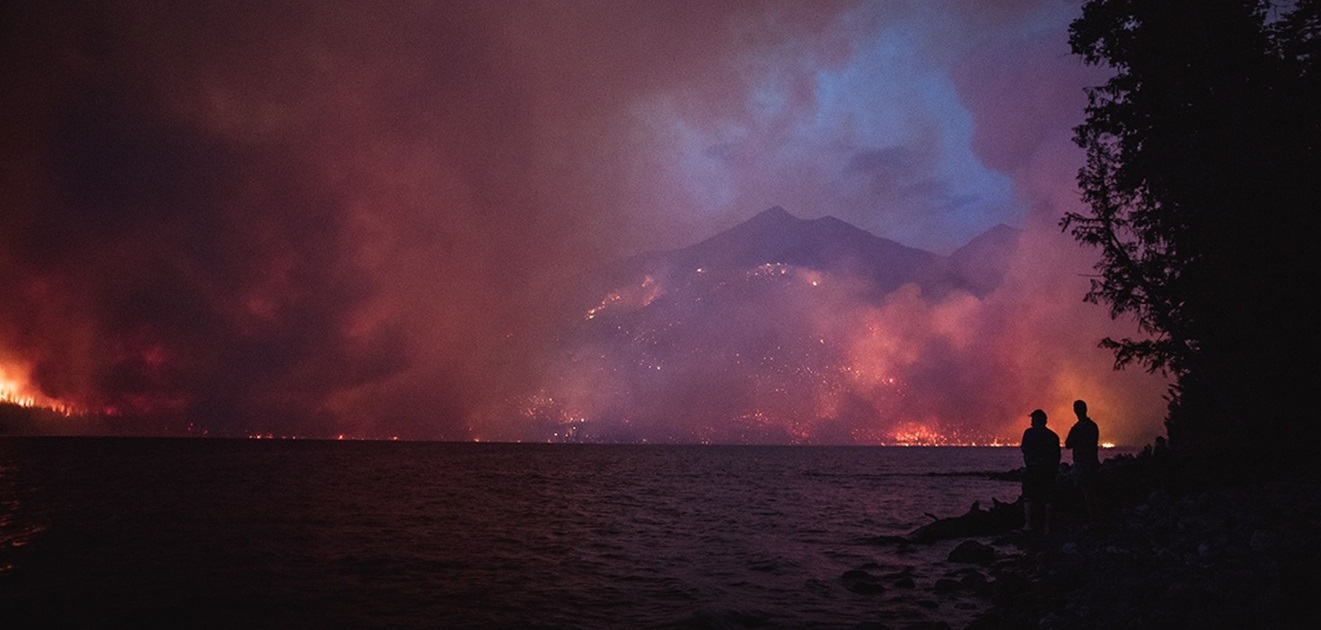By: Alan Harman
Climate change promises rising temperatures, extreme heat, drought, rangeland wildfires, and heavy downpours that will increasingly disrupt agricultural productivity in the United States.
That’s the bottom line in a National Climate Assessment from the U.S. government that says increases in challenges to livestock health, declines in crop yields and quality, and changes in extreme events in the U.S. and abroad threaten rural livelihoods, sustainable food security and price stability.
President Donald Trump, who has called climate change a Chinese hoax, promptly dismissed the 1,600-page report prepared by 300 scientists as a worse-case scenario.
But the researchers say Earth’s climate is changing faster than at any point in the history of modern civilization.
They say this presents challenges to sustaining and enhancing crop productivity, livestock health, and the economic vitality of rural communities.
“While some regions (such as the Northern Great Plains) may see conditions conducive to expanded or alternative crop productivity over the next few decades, overall, yields from major U.S. crops are expected to decline as a consequence of increases in temperatures and possibly changes in water availability, soil erosion, and disease and pest outbreaks,” the report says.
Increases in temperatures during the growing season in the Midwest are projected to be the largest contributing factor to declines in agricultural productivity.
Extreme heat conditions are expected to lead to further heat stress for livestock that can result in large economic losses for producers.
“Climate change is also expected to lead to large-scale shifts in the availability and prices of many agricultural products across the world, with corresponding impacts on U.S. agricultural producers and the U.S. economy,” the report says.
“These changes threaten future gains in commodity crop production and put rural livelihoods at risk.”
The report offers adaptation strategies for agriculture.
These include altering what is produced, modifying the production inputs, adopting new technologies and adjusting management strategies.
“However, these strategies have limits under severe climate change impacts and would require sufficient long- and short-term investment in changing practices,” the report says.
Climate change is already being felt – more frequent and intense extreme weather and climate-related events – as well as changes in average climate conditions.
These are expected to continue to damage infrastructure, ecosystems, and social systems that provide essential benefits to communities.
Regional economies and industries that depend on agriculture, tourism, and fisheries, are vulnerable.
The geographic range and distribution of disease-carrying insects and pests including ticks that carry Lyme disease and mosquitoes that transmit viruses such as Zika, West Nile, and dengue, are expected to widen.
Extreme weather events are seen increasingly disrupting energy and transportation systems, threatening more frequent and longer-lasting power outages, fuel shortages, and service disruptions, with cascading impacts on other critical sectors.
“While mitigation and adaptation efforts have expanded substantially in the last four years, they do not yet approach the scale considered necessary to avoid substantial damages to the economy, environment, and human health over the coming decades,” the report says.









